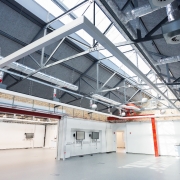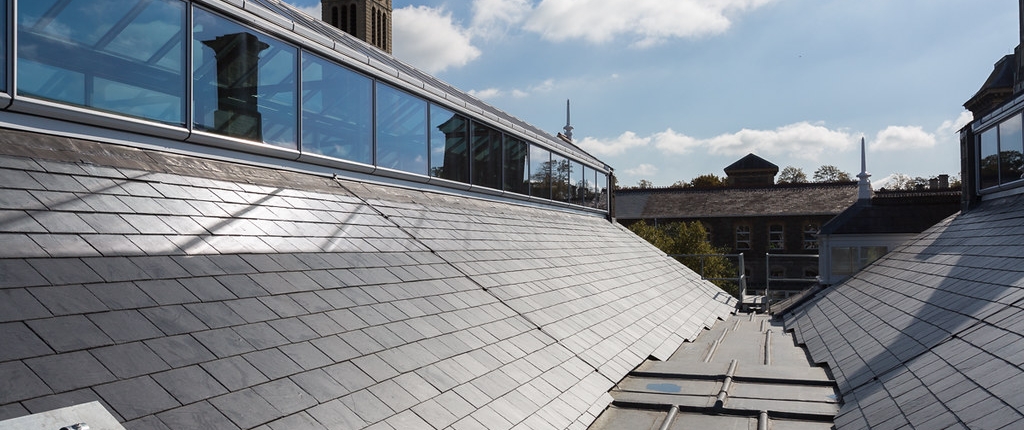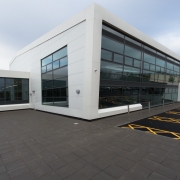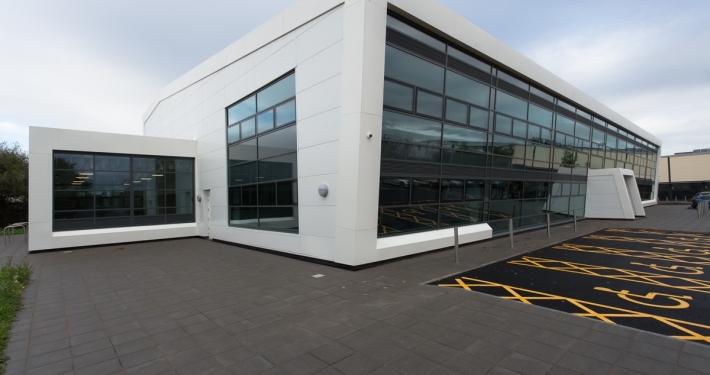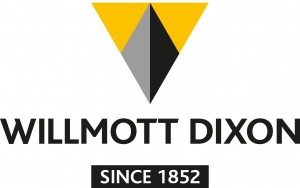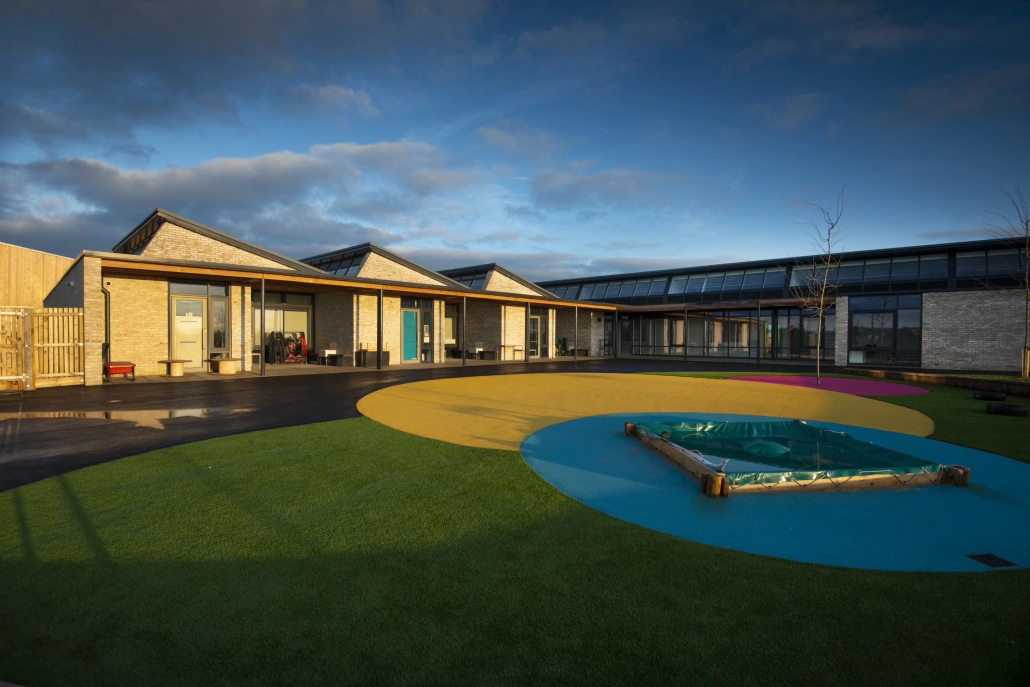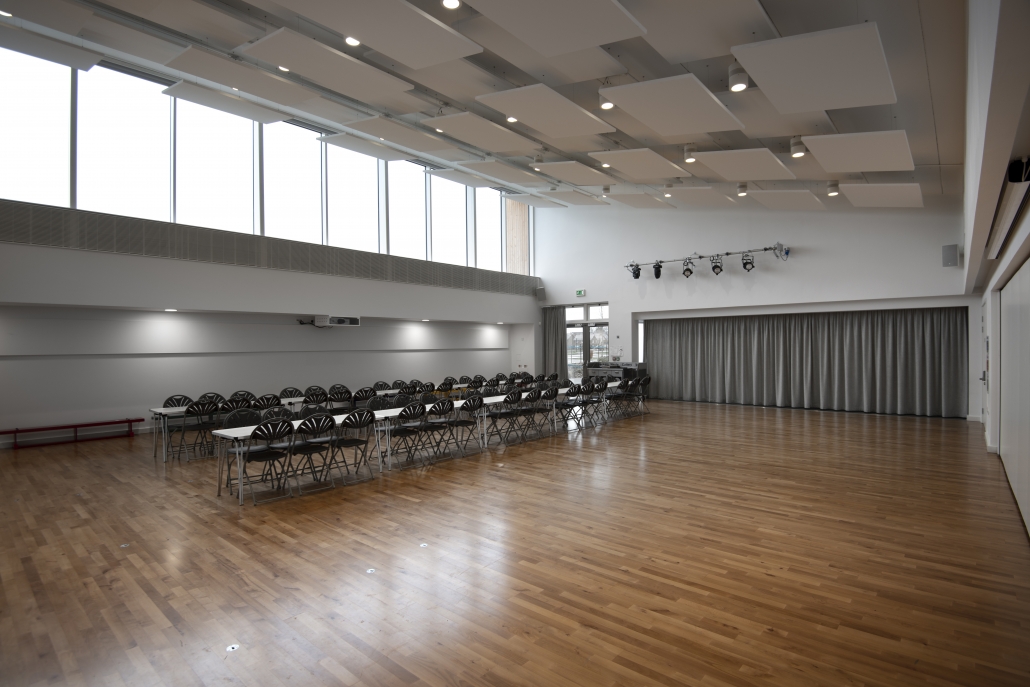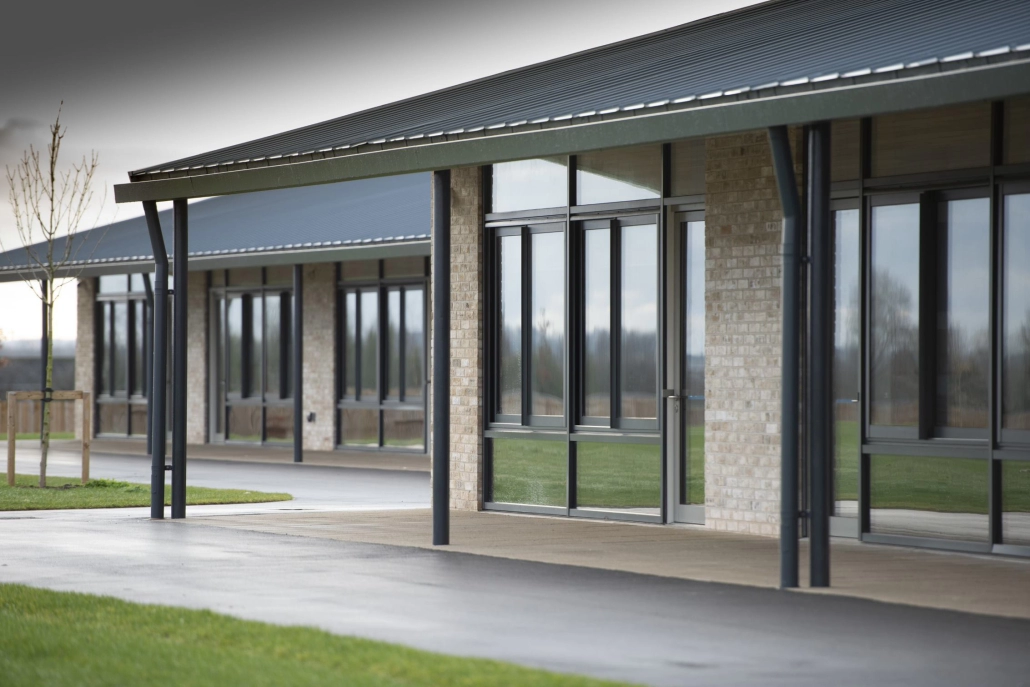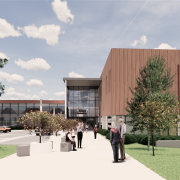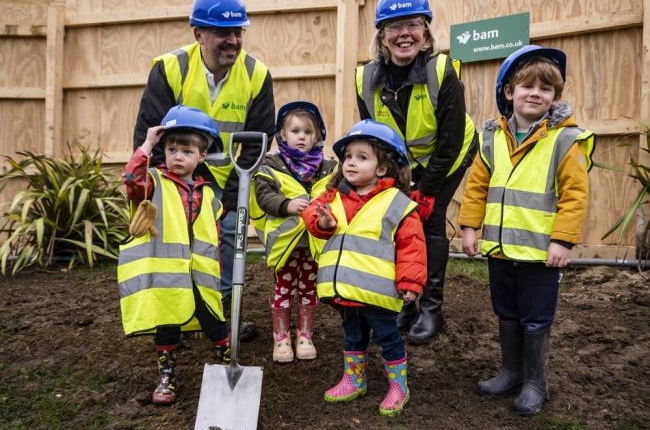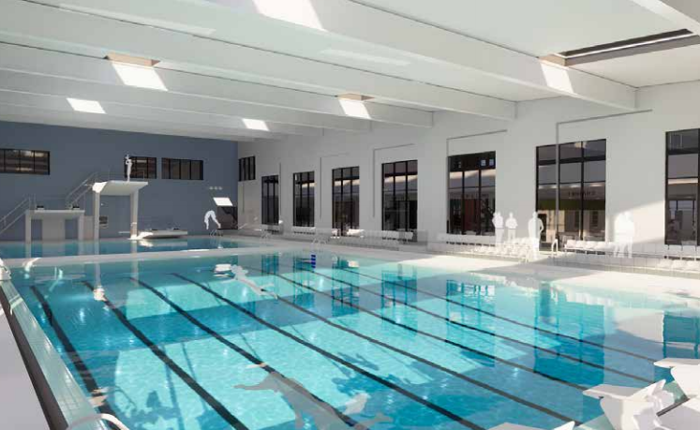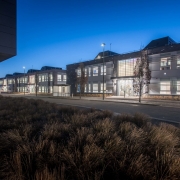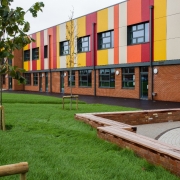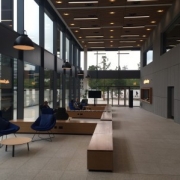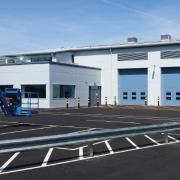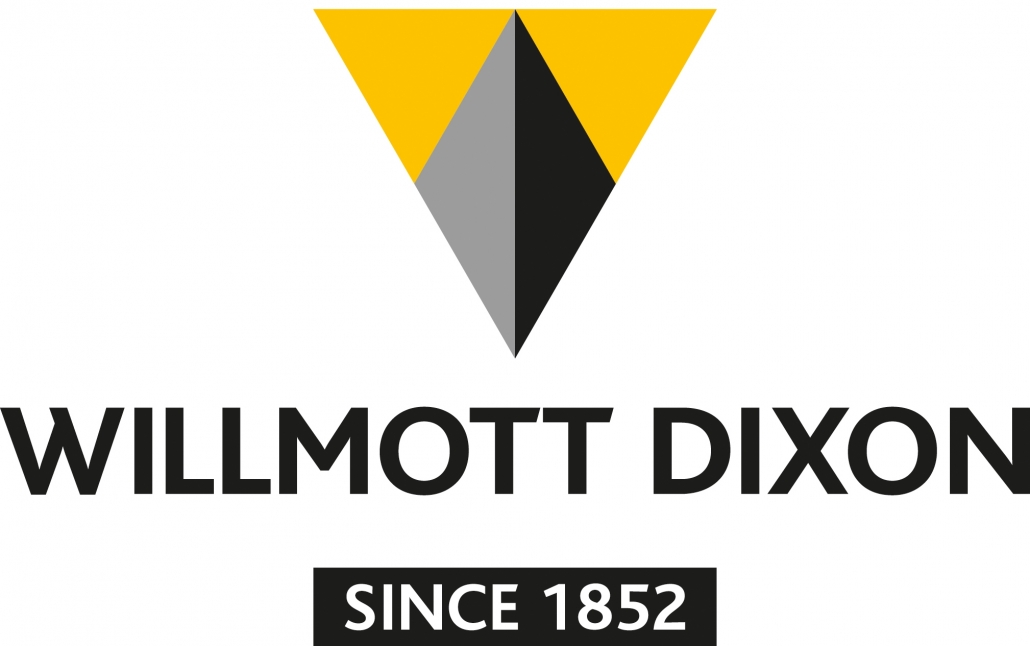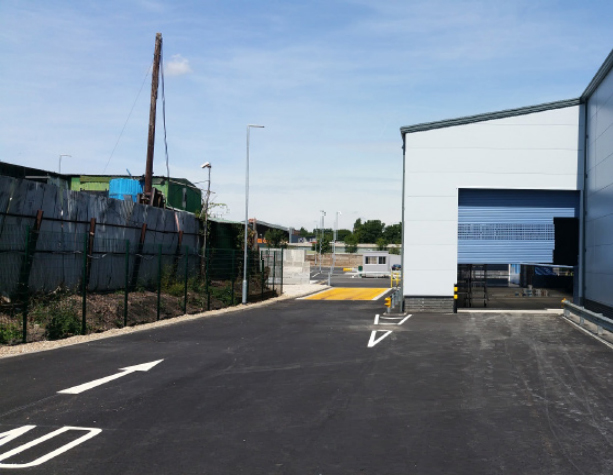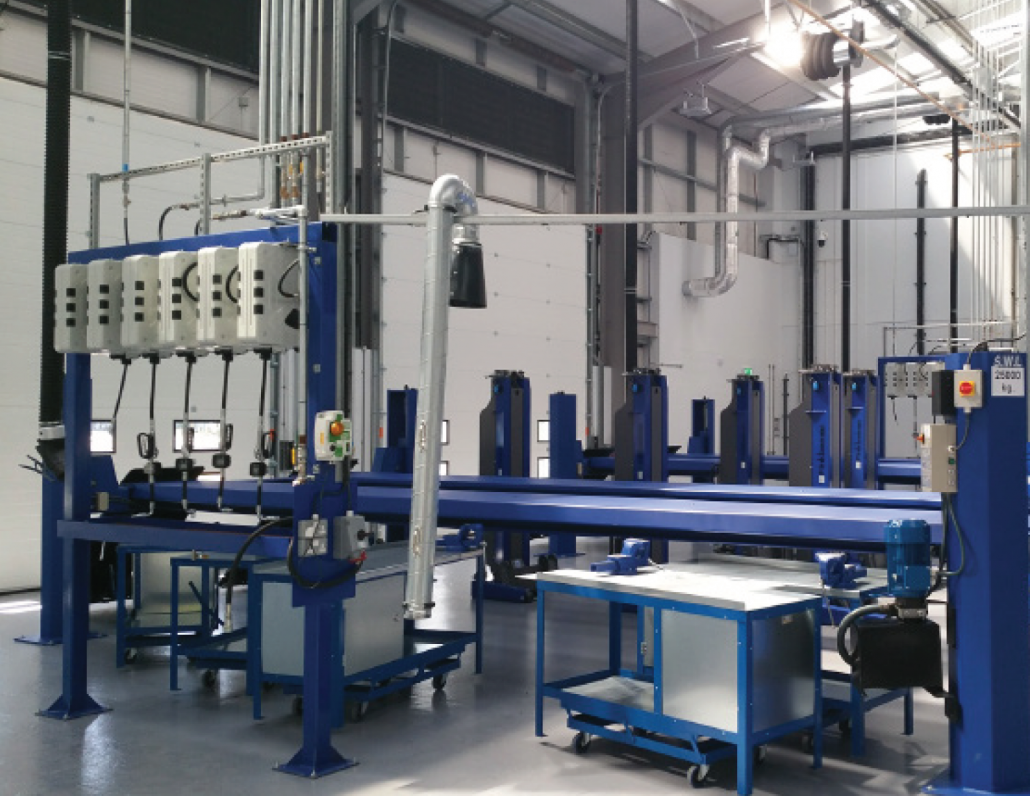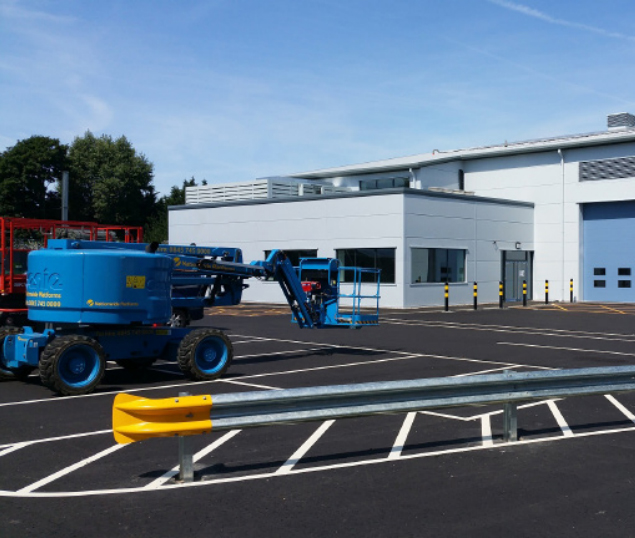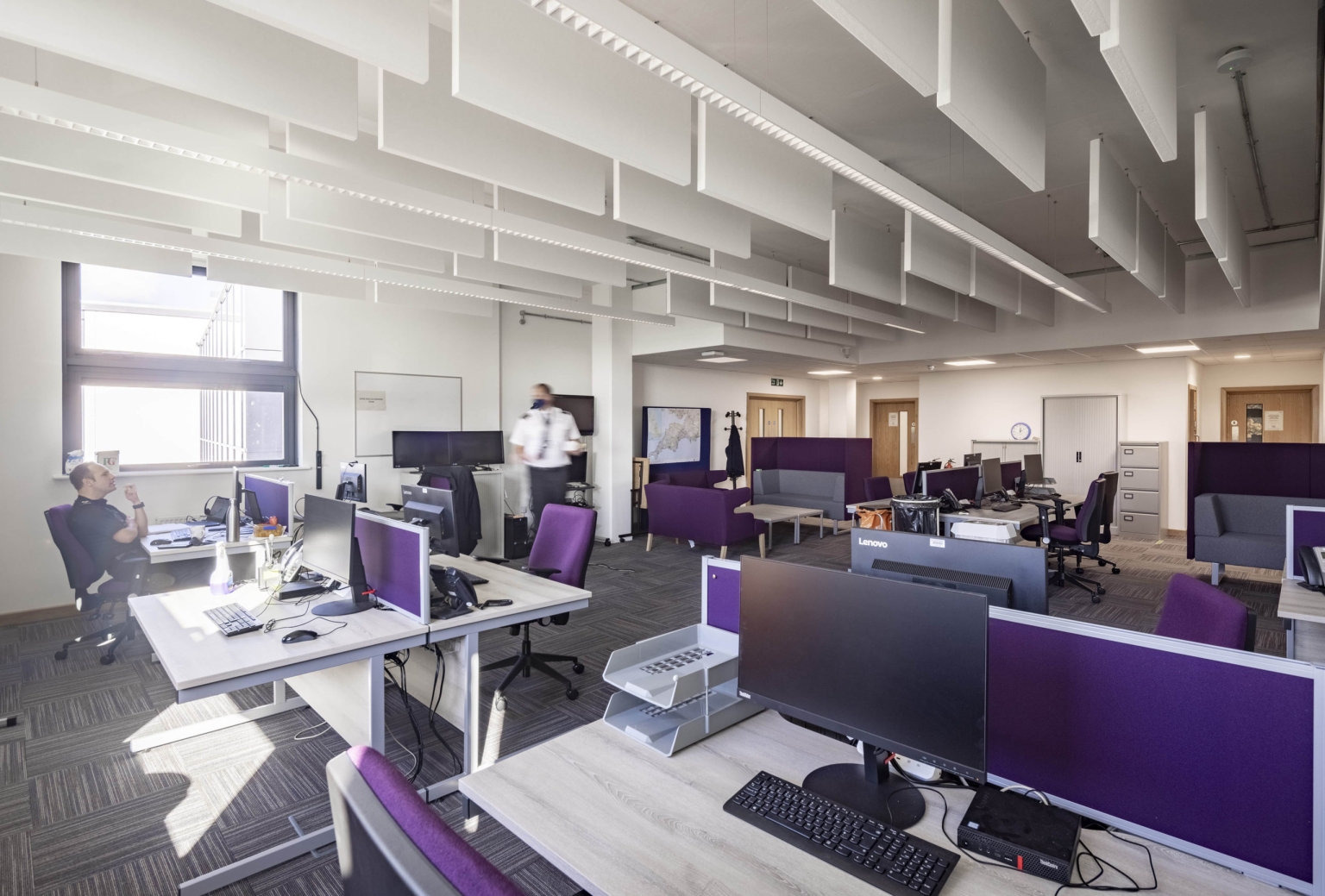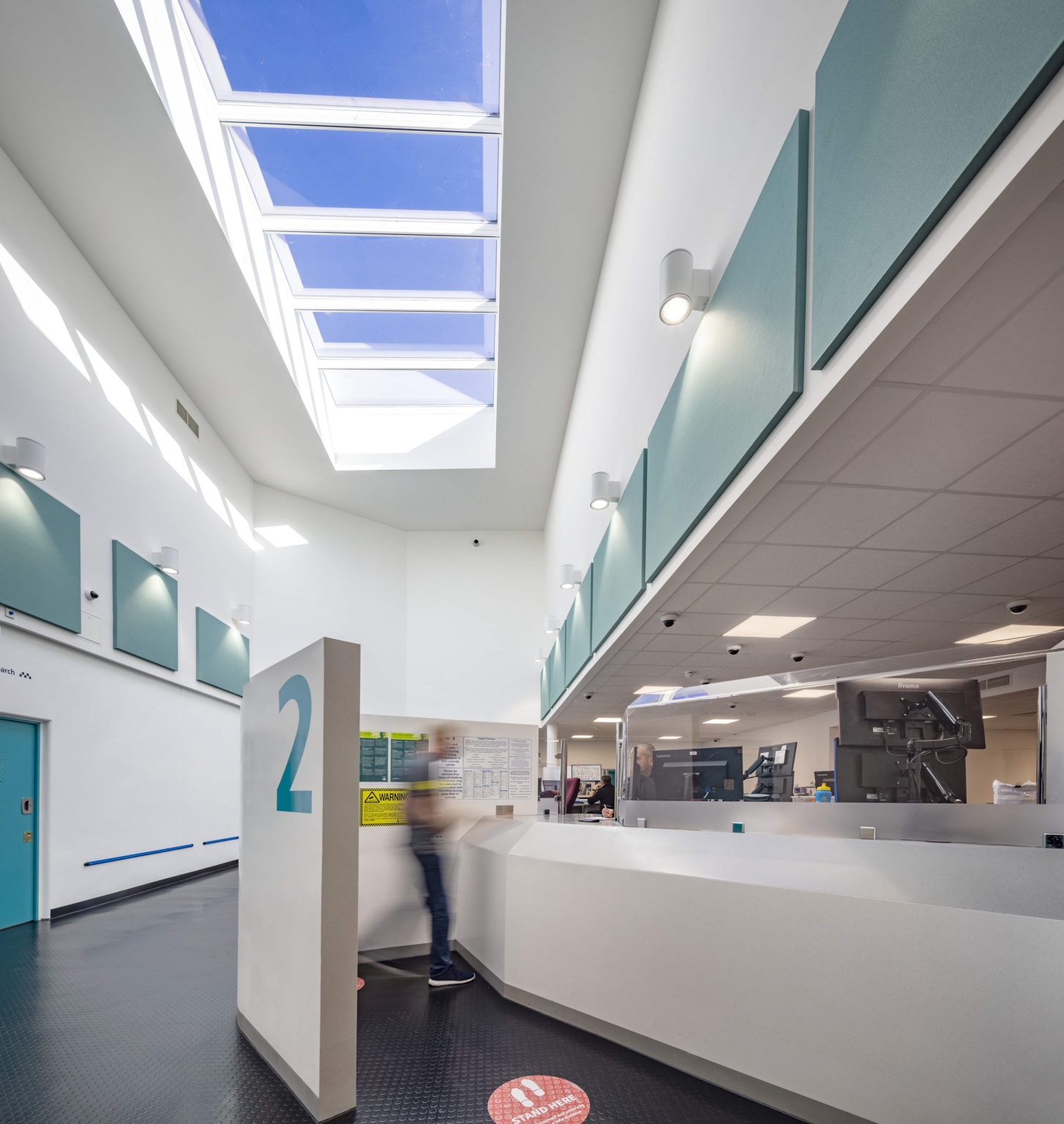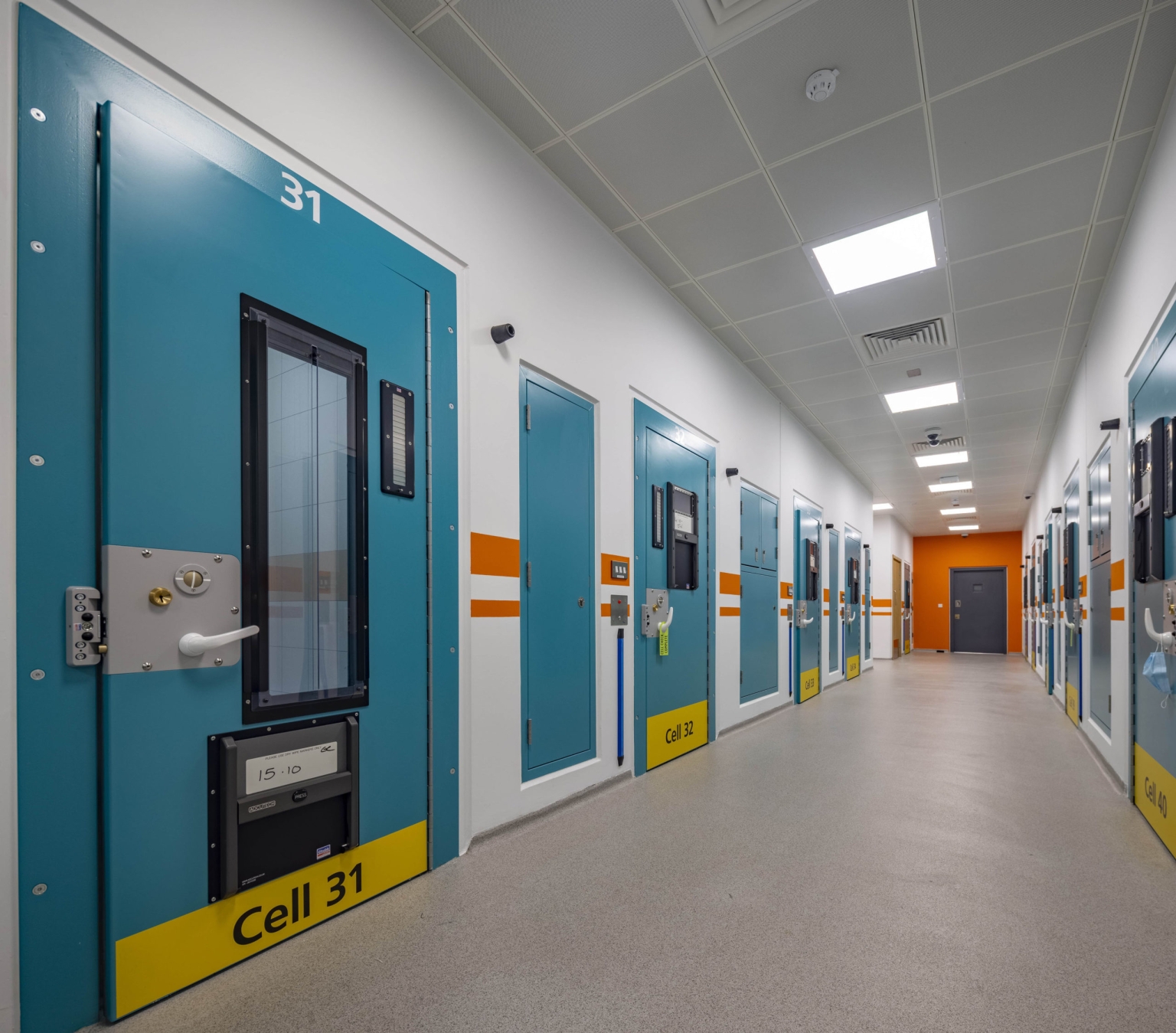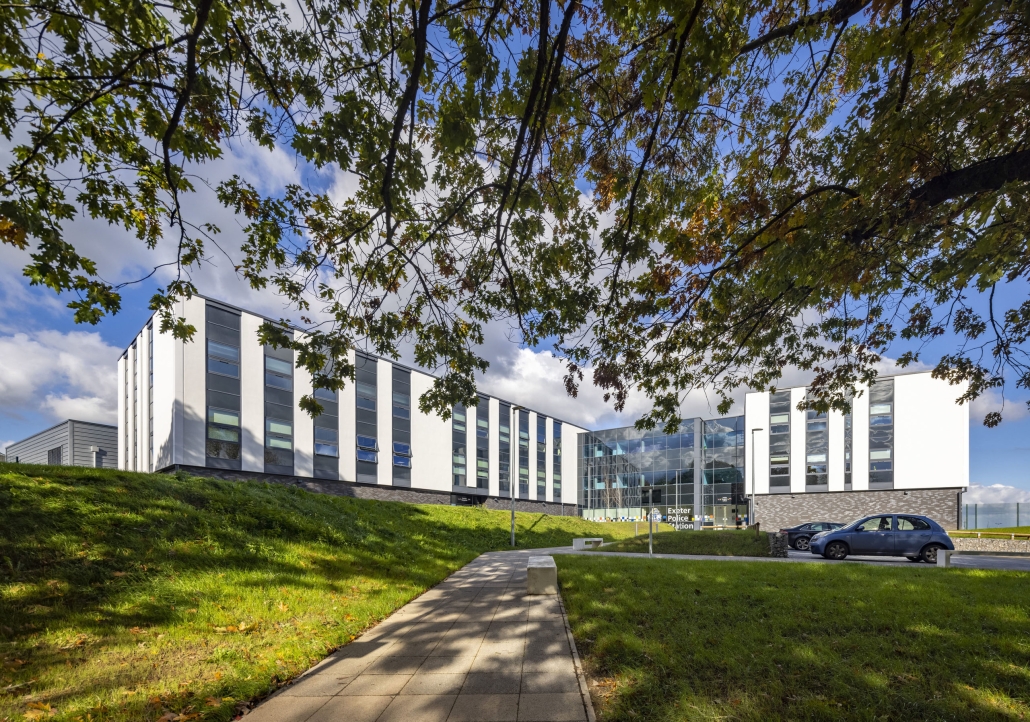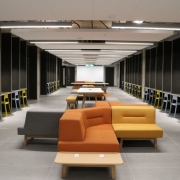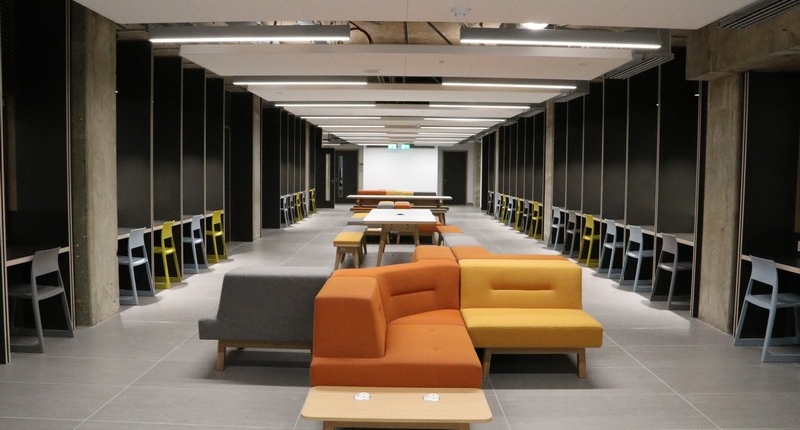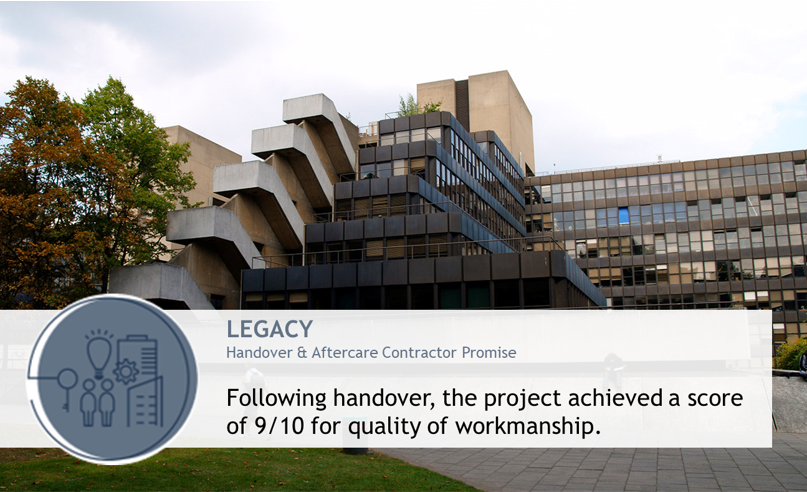UWE Glenside Laundry Building Conversion
UWE Glenside Laundry Building Conversion
University West of England, Bristol
Project Details
Client
University West of England
Contractor
Kier Construction
Value
£3m
Contract Period
41 weeks
Form of Contract
JCT Building Contracts with CDPs 2016
Project Summary
The conversion of a former Laundry Building in to a new Clinical Skills and Simulation Centre for the University of the West of England, Bristol.
The completed facility will provide the University with Optometry, Rehabilitation, Practical Skills Teaching Paramedics, changing and shower facilities and CPD Spaces with storage and plant rooms within a Basement that has ground floor level access.
Located on the University’s Glenside Campus, in Bristol, the building works were carried out within the live education and residential environment.
“Following Optometry’s occupation of the Glenside Laundry on Monday, I wanted to send you this congratulatory note. The mammoth operation which you have successfully lead so that PC was achieved on the entire development, has been so welcomed by my colleagues across the University, many of whom are eager to spread the word, what a great learning environment we now have.”
“The feedback I have received on your Project Management abilities from across the project team, has been consistently strong. I can recall many conversations with members of the UWE team, where they have expressed an appetite to build upon the relationships established on this project; in my view, a great indicator of success.”
Key Challenges
Asbestos Removal
During the project there were a number of challenges which were highlighted and overcome through good communication and desire to provide a high-quality building.
The asbestos removal was a challenge as the scope continually expanded due to unforeseen areas not located in the original asbestos survey.
The site team communicated with the client at an early stage to allow the client to fully understand what additional work was required. This allowed a good working relationship to continue between both parties.
Location
The location of the project created a number of logistical constraints due to the limited space surrounding the project and the busy nature of the University campus.
Client Approval
During the early stages of the project, a traffic management plan was developed and issued to the client for approval. The plan allowed the client to fully understand the construction logistic requirements and highlight any potential disruptions.
Disruptions
Throughout the project, the Kier site team regularly communicated with the University about any disruptions such as crane lifts and concrete pumps. During these activities, Kier gave adequate notice to the client regarding the disruptions and went onto position signage and barriers to communicate the temporary disruption to the University users.
Limited Storage Facilities
The site was also challenged with limited material storage facilities which were managed through material procurement; only requesting the materials which were required, not bulk procurement. This allowed the storage facilities to be managed while providing a well-managed and maintained site.
Project Takeaways
Our Success
- The key project drivers were to develop a design solution which met the Client’s afforded budget and deliver the completed building for the start of the September academic term.
- The project commenced with removal of asbestos in various locations and lead paint from existing walls to display the glazed brickwork behind.
- Design coordination was done utilising the BIM model to ensure we de-risked design through clash detection, ensuring the new and existing structure didn’t clash with newly installed services.
Our Learnings
- Various demolitions to the existing structure were undertaken to allow the Client to obtain the required space and access routes from the existing University facilities.
- Included in the demolitions was the removal of the existing window lanterns which were replaced with new lanterns to allow the building to have an enhanced thermal performance.
- The pre-construction and operational team were central to supporting the University in developing a project-specific BIM Execution Plan and Employer’s Information Requirements (EIRs) which aligned to the traditional nature of the contract. Within the EIRs it became apparent that affixing identification tags or labels, to assets, was key to delivering continuity across their estate. These were installed to both fixed and movable assets to provide a way to identify individual assets throughout their useful life.
Value Added
- The project was fully fitted out to a clinical standard including replacement of all M&E systems and new optometry training booths to the Client’s requirements.
- This new space adds an extra 1,400 square metres of flexible teaching, learning and assessment space for a range of programmes, including a new Advanced Practice Apprenticeship award, which the Faculty of Health and Applied Sciences have been successfully awarded by Bristol, North Somerset and South Gloucestershire Sustainability and Transformation Partnership.
- The refurbishment of the former Laundry has been awarded a SKA Silver rating from the Royal Institute of Chartered Surveyors for its considerate environmental design and use of materials in the project.
